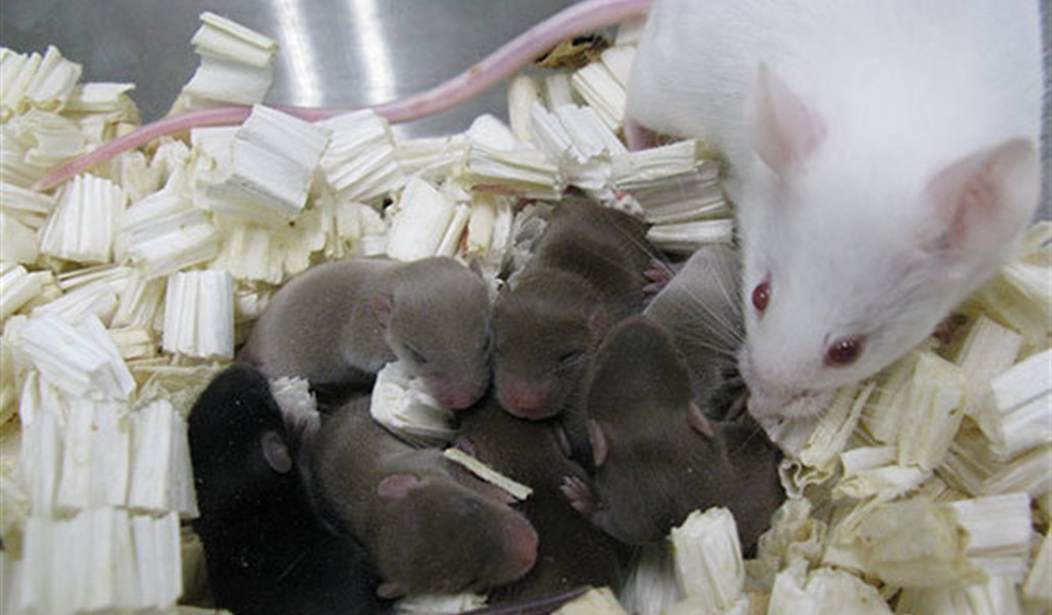Mice are amazing little critters. The common house mouse, Mus musculus, is found pretty much everywhere people are found - so, almost everywhere. Females reach sexual maturity at about six weeks of age, the gestation period is 19 to 21 days, the typical litter size is six to eight pups, and the mother can become pregnant again 24 hours after giving birth, so can produce as many as ten litters per year. When you hear the idiom "breeding like rabbits," rewording that as "breeding like mice" would be taking that to the next level.
So, yes, that's an a-mouse-ing life cycle. So you can understand how a New Hampshire man, who was evidently keeping mice as pets, got overwhelmed and ended up bringing nearly a thousand pesky rodents to an animal shelter.
A group of mice is called a nest, but what do you call 1,000 of them in one animal shelter?
“Crippling,” said Lisa Dennison, executive director of the New Hampshire Society for the Prevention of Cruelty to Animals, which is scrambling to care for an overwhelming influx of rapidly reproducing rodents.
It all started Monday when a man arrived saying he wanted to give up 150 mice. But then he clarified: 150 containers of mice, not individual critters. He had 73 mice with him that day, and by Friday morning, about 450 had been transferred to the shelter. Another 500 or so were on the way.
Lined up nose to tail, they’d span more than a football field. There’s enough to give one mouse to every member of the U.S. Congress and the 424-member New Hampshire Legislature combined. And the total is growing thanks to some basic biology. Female mice are sexually mature at roughly six weeks old, gestation lasts about 20 days, and they can mate again 24 hours later.
“Even in the short time that we’ve had them, many of these mice have given birth,” Dennison said. “It’s an exponential problem that keeps growing.”
The rodent donor, it seems, chose to remain anonymouse.
So, it seems these rodents have been making beautiful mouse-ic while in captivity. While the shelter workers were al-mouse-t overwhelmed by the initial influx, they will have to contend with not only more arrivals of mouse containers but also the logarithmic increase in numbers as litters are born.
The shelter has taken in large numbers of animals in the past, but nothing like this.
“It does happen where you take a large number, but even when we took in 54 goats or we took in 39 cats, I mean, those are still large numbers, but much more manageable as you can imagine than hundreds and hundreds of mice,” Dennison said.
Now, one has to admit, this presents an interesting possibility; the fact that they 1) apparently have a number of cats, and 2) they have just taken in a large number of mice, which are the natural prey of cats, it would seem there is an opportunity here to reduce the surplus mouse population while simultaneously reducing the feed bill for the cats!
But, I suppose, that's not a very mice idea.
One rumor emerging from this incident relates to the uncanny and possibly unnatural intelligence of one of the mice. Shelter workers have reportedly named him Elon Mouske. It seems this rodent is a real mouse-termind.
See Related: Rat-Spread Illness Spiking in New York City: What's Next? The Black Death?
Conservation Group to Eliminate Invasive Mice on Remote Island - My Money's on the Rodents
This seems appropriate.













Join the conversation as a VIP Member